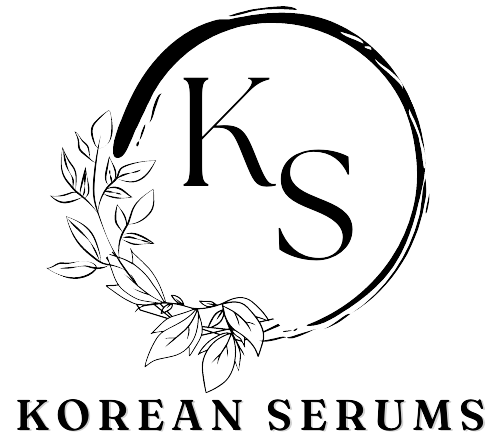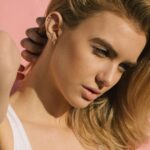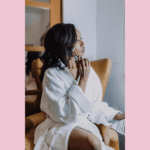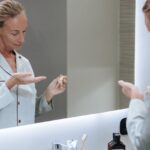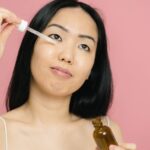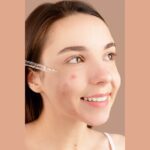The word ‘Renaissance’ only appears in our history textbooks. But, this was not the case earlier. The Renaissance period in European history, entailed a rebirth of ideas, and the proliferation of culture. This was also the age, in which beauty standards and ideals witnessed a transformation, for both men and for women.
The Renaissance, and the cultural revolution that it brought about, sparked new ideas about what beauty is, what aesthetic value connotes and the practices and standards that men and women should adopt in order, to look beautiful and feel beautiful in their social setup.
If you want to know more about renaissance beauty standards for women and men, read on.
- Women were Expected to Uphold Beauty Standards more than Men during the Renaissance
While renaissance beauty standards apply for members of both genders, it was women specifically, in European society, who had to comply with the standards of aesthetic and physical beauty that were established in this period. Women were compelled to follow beauty standards more strictly to be accepted by the society. It was important for women to look ravishing, as it was only when a woman was good looking that she was regarded as a good human being.
Standards of Beauty that Prevailed among Renaissance Women
Fair Skin, Golden Hair and Rosy Lips
Ideally, the renaissance woman would be considered beautiful and desirable if she had golden hair and fair skin, with rosy cheeks and lips, and blue or hazel eyes. You will find pictures of women with these features in European history textbooks. Beauty had a role to play in enhancing the status of women in society.
If women were fair and beautiful, they were perceived with honor and respect in the society in which they lived. They were treated with a lot of dignity, and given a high status, on basis of how beautiful or good looking they were.
White Teeth, Small Breasts and Hairless Skin
Some of the other renaissance beauty standards that are worth talking about, are the fact, that women with small breasts, white teeth, and hairless skin were epitomes of glamour and desire.
A woman was considered to beautiful not only on the basis of her facial features, but also on the basis of the type of skin and hair that she possessed, whether she was well endowed, and whether the size of her assets were small, or large. Only women who were able, to comply with such standards of beauty, would be given high regard by the men in their society.
Makeup Tips and Tricks in the Renaissance Period
Lipstick made of Honey or Wine
There were a number, of interesting makeup tips that women would avail in order, to look beautiful in the period, of the renaissance. Lipstick or blush would be used in order, to make the face appear red, giving it more color and form than what it would otherwise have. This makeup was created by mixing dillseed or bulbo marino with honey or old wine.
Eye Makeup Made with Floral and Fruit-based Elements –
Eye makeup in the renaissance period was created by drying henbane flower in the sun and combining it with fine wine. Pomegranate juice could also be combined with henbane juice and wiped over the eyes in order, to create beautiful dark eyes.
Women in high society perceived eye makeup with much positivity and would wear eye makeup often at home and when out of doors, indicating their status and their desire to keep up with the latest trends in the beauty and fashion of the time.
Fairness obtained with Donkey Milk and Pig Lard
Since fairness was a beauty standard that was given much importance in the period, of the renaissance, adding elements to the face that would give it a wider shade, was essential. donkey milk would often be used by women in the age of the renaissance to wash their faces, as by doing so they would be able to impart a pale, white color to their faces.
Alternatively, a poultice would be created by the women of the time, using salmoniac, white wax and pig lard. This would also impart a pale skin color to the faces of renaissance. Those who were not naturally pale white in the face could resort to the use of this artifice in order, to look good in their society.
Hair Removal in the Renaissance Period
As women were highly conscious about how they looked and felt, and because hairless skin was an ideal beauty standard in the renaissance period, hair shaving would often be undertaken. Unwanted hair could be removed easily, in several ways.
The blood of oil, frogs and tortoises would be mixed together and combined with vinegar, along with red orpiment and ant eggs. This solution would then be applied in a discreet manner as an excessive application would result in the skin peeling off.
It is fair to say that some of the steps that women would take to beautify themselves and remove hair from their skin in the renaissance period were quite dangerous. You should certainly, refrain from trying any of these out at home.
Eye infections and skin burns would often result due to the means that renaissance women would take in order, to look beautiful in their times. Yet it is an irony that women with burnt skin and hair were perceived as ugly and horrendous in their society and would be shunned wherever they went.
Using Makeup to Coverup Wrinkles
Cosmetics were extensively used by women in the renaissance period, not just to add color to the face and to remove hair, but also to smoothen wrinkles on the face. Since looking beautiful was an important pre-requisite for women in renaissance society, most women of the time were anxious about being free from wrinkles.
Makeup would often be used to cover up wrinkles and hide other blemishes that were evident on the face, the neck, and the skin in general. Makeup provided women with the artificial means of looking beautiful in an age, where physical beauty was considered synonymous with being a good human being.
Conclusion
To conclude, some of the renaissance beauty standards are quite bizarre and impossible, and the extent to which makeup and artifice was used to maintain standards of beauty in this period, is intriguing. If you want to imbibe any of the beauty standards and practices that were adopted by women in the renaissance period, you should do so at your own risk, given that most of such practices led to women causing themselves harm, at the cost of looking beautiful and desirable for the men in their society.
